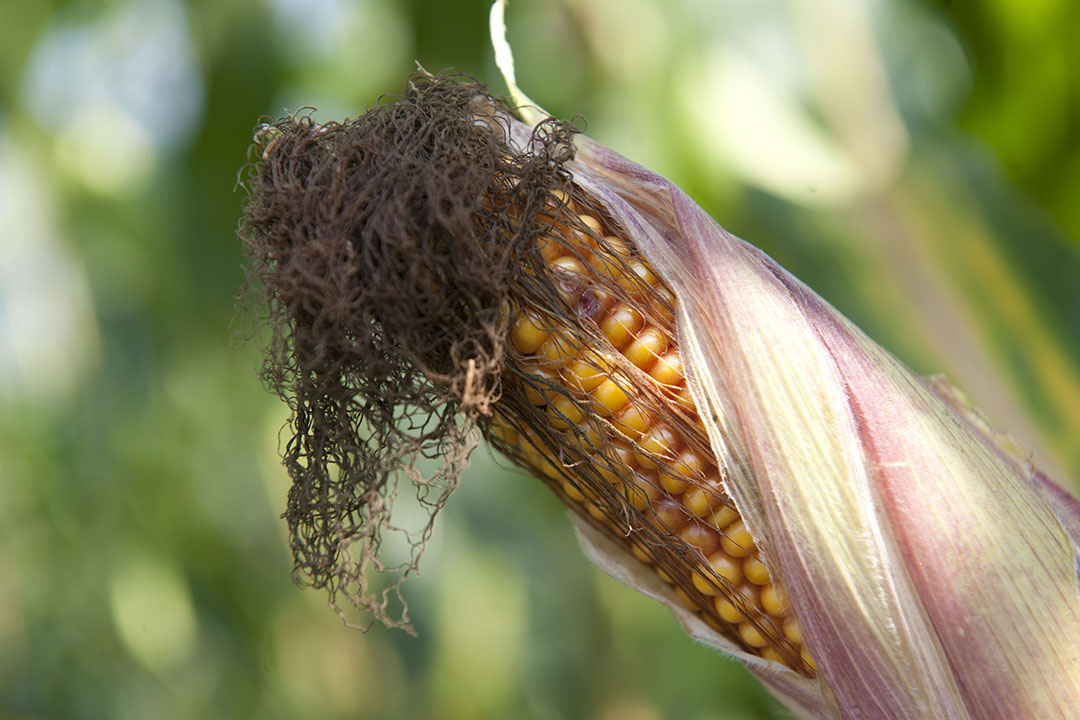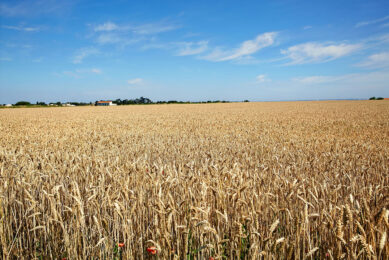Corn takes leading role on the grain market

The grain market has not changed much compared to a week ago. Maize is still the main crop, with drought in important production areas and China’s desire to buy as the driving factors.
Worldwide wheat prices fluctuate within small margins, which on average makes for a certain stability. There is plenty of demand. On the Paris and Chicago futures markets, the quotations for the first expiring wheat contracts hardly changed. On Monday (23 November) the mood for wheat on both markets was slightly positive. Corn prices continue to rise on both the physical and futures markets.
The corn supply is not up to par with demand. This is mainly the result of moderate to poor yields in the United States and Ukraine, in combination with high demand from China. Agritel questions the official harvest forecasts made by the Ukrainian Ministry of Economic Affairs. These are too pessimistic compared to the figures provided by statistics bureau Ukrstat. Agritel states that the latest estimate of Ukrainian corn production by the US Department of Agriculture (USDA), which stands at 28.5 million tons, could be increased somewhat.
Developments on the soy market will affect the corn supply in the coming season. In Brazil, the upcoming spring soybean harvest will not be very good and may also be brought in quite late, as South America currently suffers from significant drought issues as a result of La Niña. If the soybean harvest arrives a lot later, this will have consequences for the sowing of the second corn harvest, the so-called “safrinha corn”, which always follows right after the soybean has been harvested. For the Unites States, the choice of whether or not to expand the soy acreage for the new season will be important. Expansion would come at the expense of corn and is certainly not inconceivable, given the high demand from China, which is rebuilding its pig sector.











